
For Sara, disability is not just a medical diagnosis—it’s a powerful part of her identity. As someone living with Long Covid and gastroparesis, Sara has come to embrace her journey with honesty, creativity, and resilience. Her story is one of growth: from learning about the challenges of inaccessibility to using mobility aids and personal style as a form of self-expression.
In honor of Disability Pride Month, Sara opens up about what disability pride truly means to her, what she wishes people better understood about her conditions, and how she finds joy and purpose in helping others on similar paths.
Continue reading to learn more about Sara’s experience.
Finding Strength, Unity, and Community in Disability Pride Month
Disability Pride Month signifies strength, unity, and community.
It’s a time for me to reflect on the journey I’ve been on—both the challenges I’ve faced and the growth I’ve experienced. It’s about recognizing the resilience within myself and within so many others who are navigating life with disabilities, whether visible or invisible. Disability Pride Month is also a reminder that we're not alone. There’s so much strength in the collective experience of our community, and it gives me hope to know that we’re in this together.
A Growing Awareness of Inaccessibility and Invisible Disabilities
I never realized just how difficult day-to-day inaccessibility can be, and I have also learned a lot about invisible disabilities and not to judge a book by its cover.
Before I became disabled, I had no idea how many everyday things—like stairs, loud environments, or inaccessible bathrooms—could become major obstacles. I’ve also come to understand that disabilities don’t always look the way society assumes they do. So many people live with conditions you can't see at first glance, and they deserve the same compassion and understanding as anyone else. That’s been a powerful shift in perspective for me.
What People Often Miss About Long Covid and Gastroparesis
Many people don’t understand that COVID can impact the body in a variety of ways and cause life-long conditions or difficult symptoms to develop as a result, otherwise known as Long-Covid.
I also developed a condition called Gastroparesis, which means I have a paralyzed stomach. I wish people understood that Gastroparesis has a spectrum of symptoms and severity levels and no two people with the condition are exactly the same. Some can consume orally and some cannot.
There’s often a lot of judgment or confusion around what someone with a chronic condition “should” look like, and I hope my story helps shift that narrative. Everyone’s journey is different—and valid.
Celebrating My Identity Through Style, Advocacy, and Conversation
I try to express myself through my mobility aids and style, and advocate for my community and various conditions through my posts on social media and conversations in my day-to-day life.
I wear a mask everywhere I go because I have a power port and am immune compromised—and I enjoy using that as a way to facilitate conversation to raise awareness about my various conditions. Advocacy doesn’t always have to be loud or formal. Sometimes it looks like sparking a conversation at the grocery store or sharing an Instagram story about what it’s like to live with a power port. I try to lean into those moments.
Using My Journey to Support Others on Theirs
When I am able to use my past health and medical experiences to help my friends who are currently on their own medical journey.
There’s something incredibly meaningful about being able to say, “I’ve been there too,” and offer support in a way that only someone who’s lived it can. It reminds me that while my journey has been hard, it hasn’t been for nothing. If I can use my experiences to make someone else feel seen, supported, or less alone, then that’s something to be proud of.
Follow Sara on Instagram to learn more about her journey.



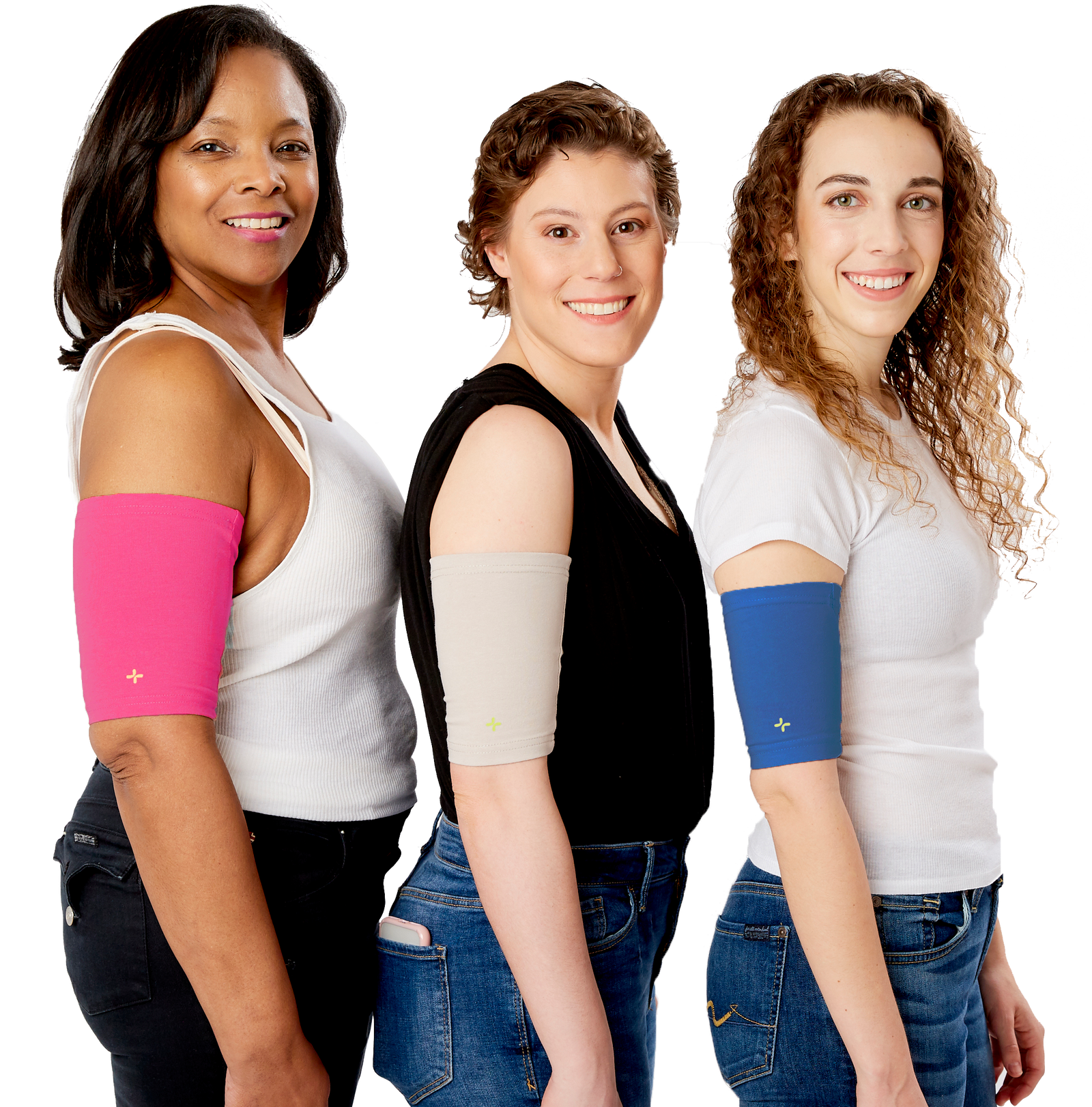
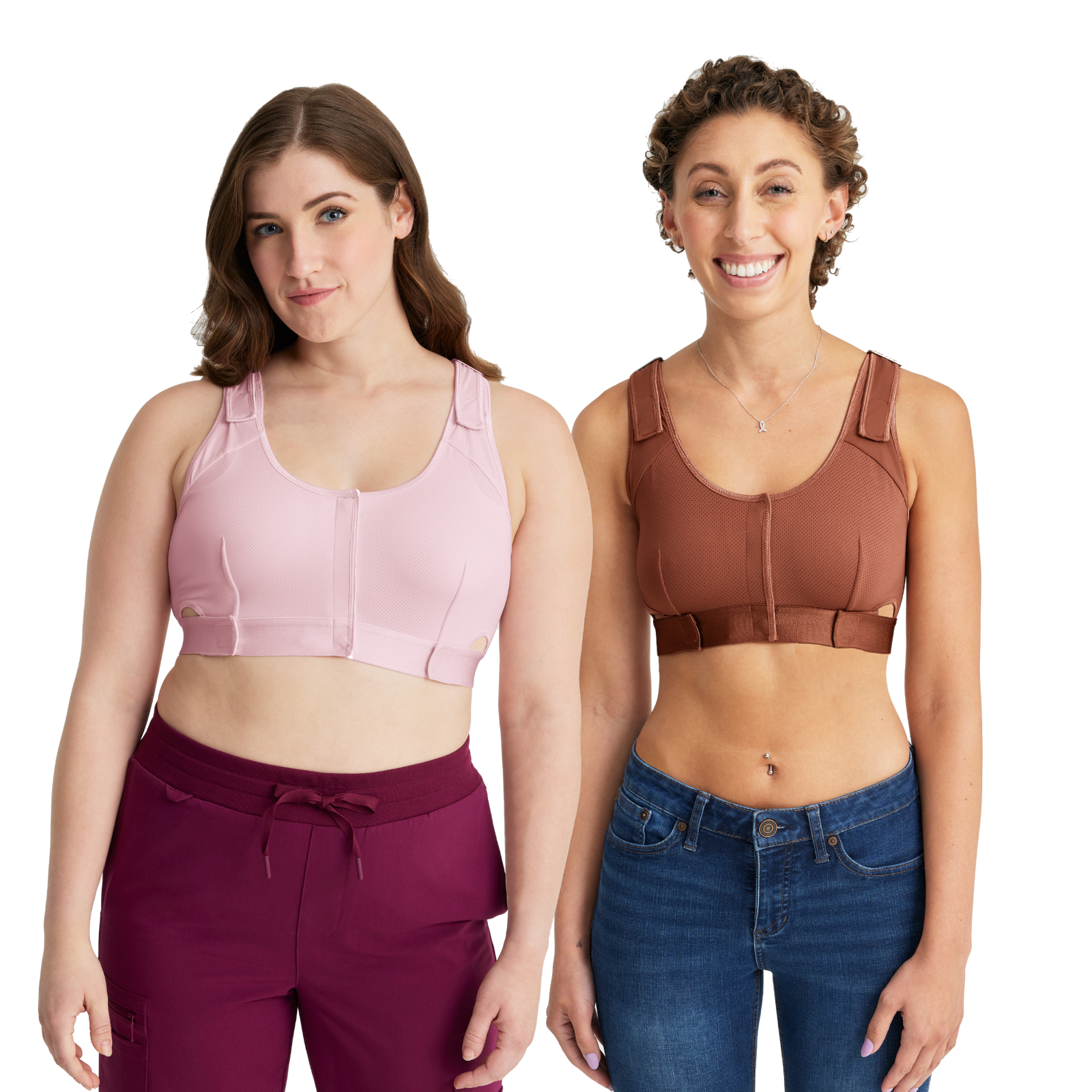


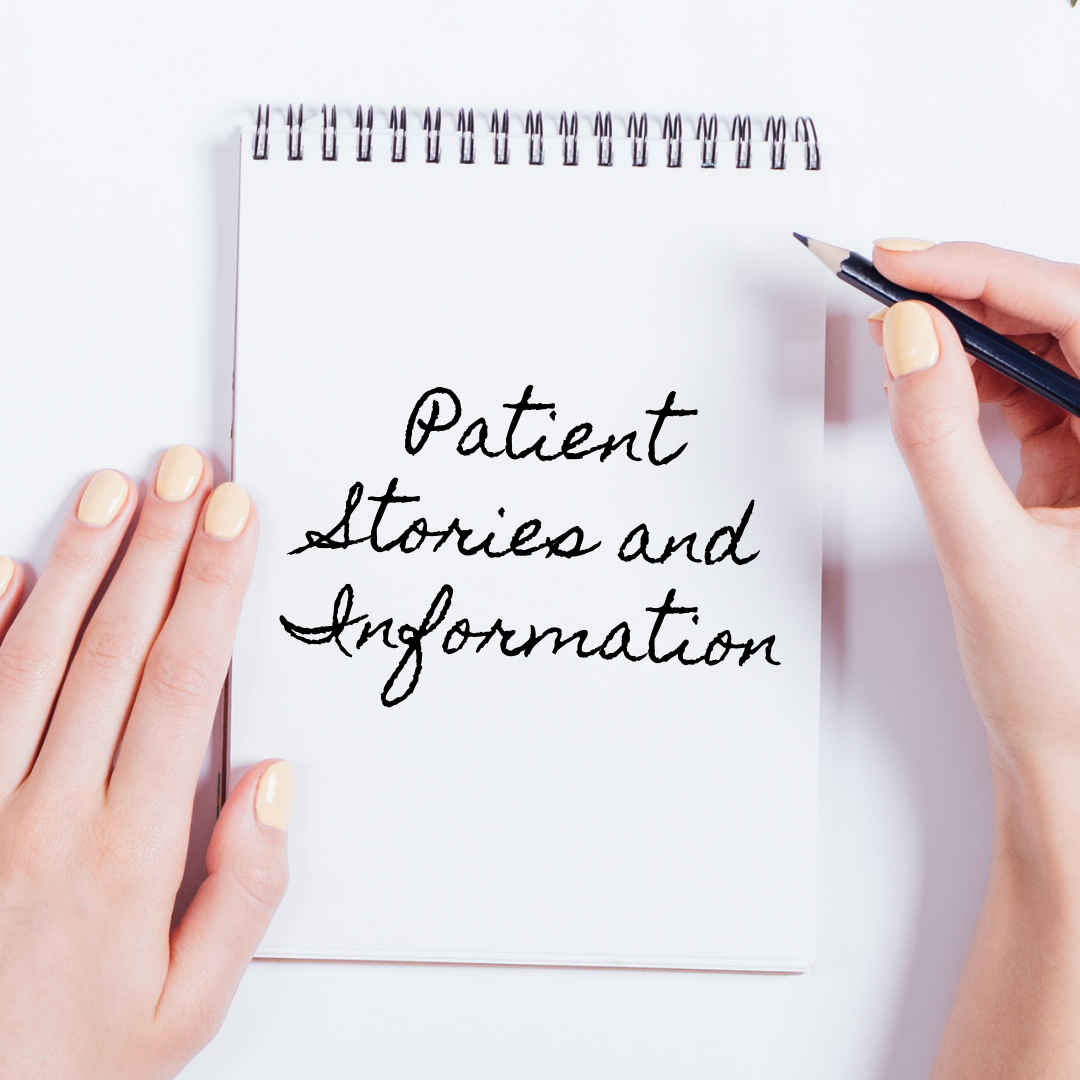
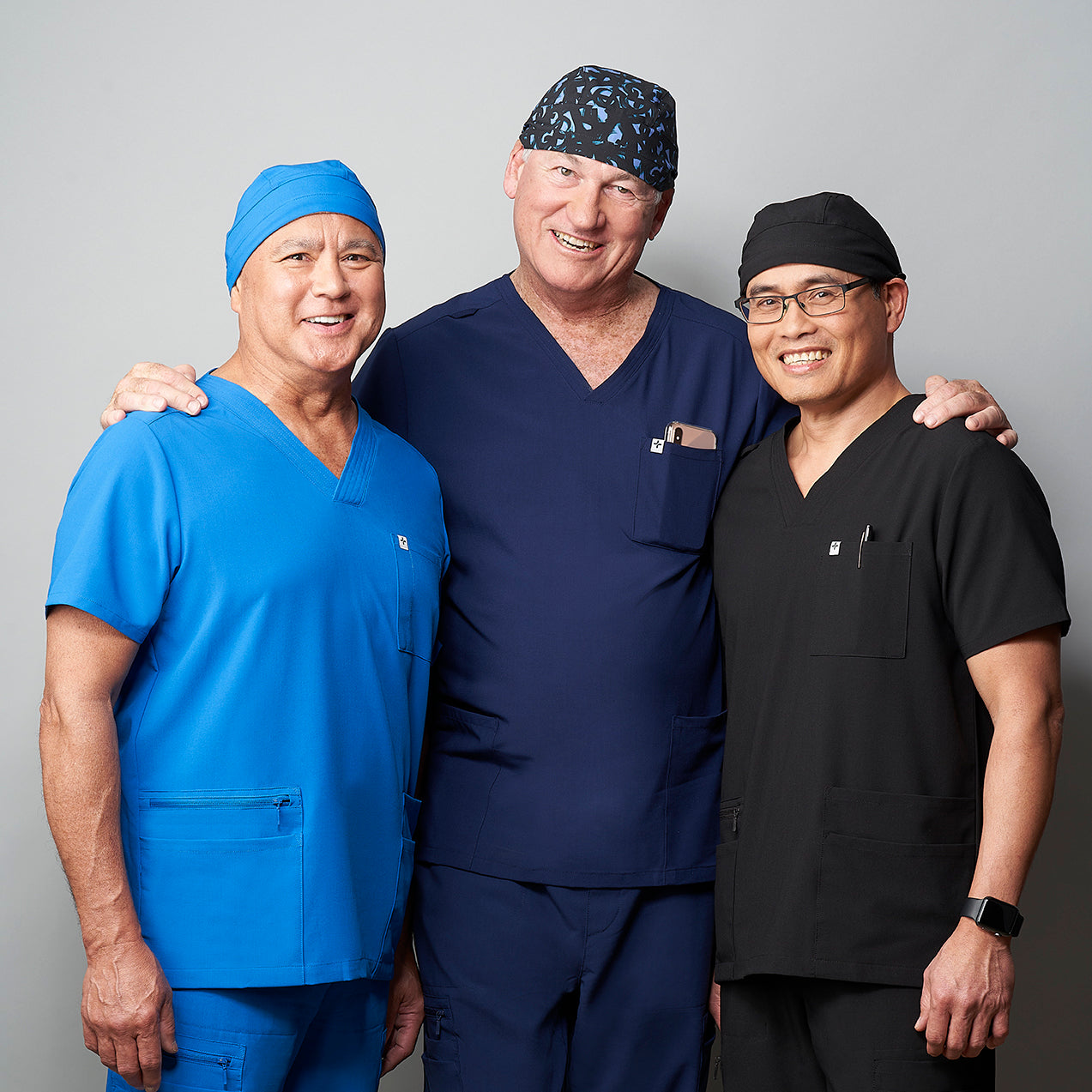
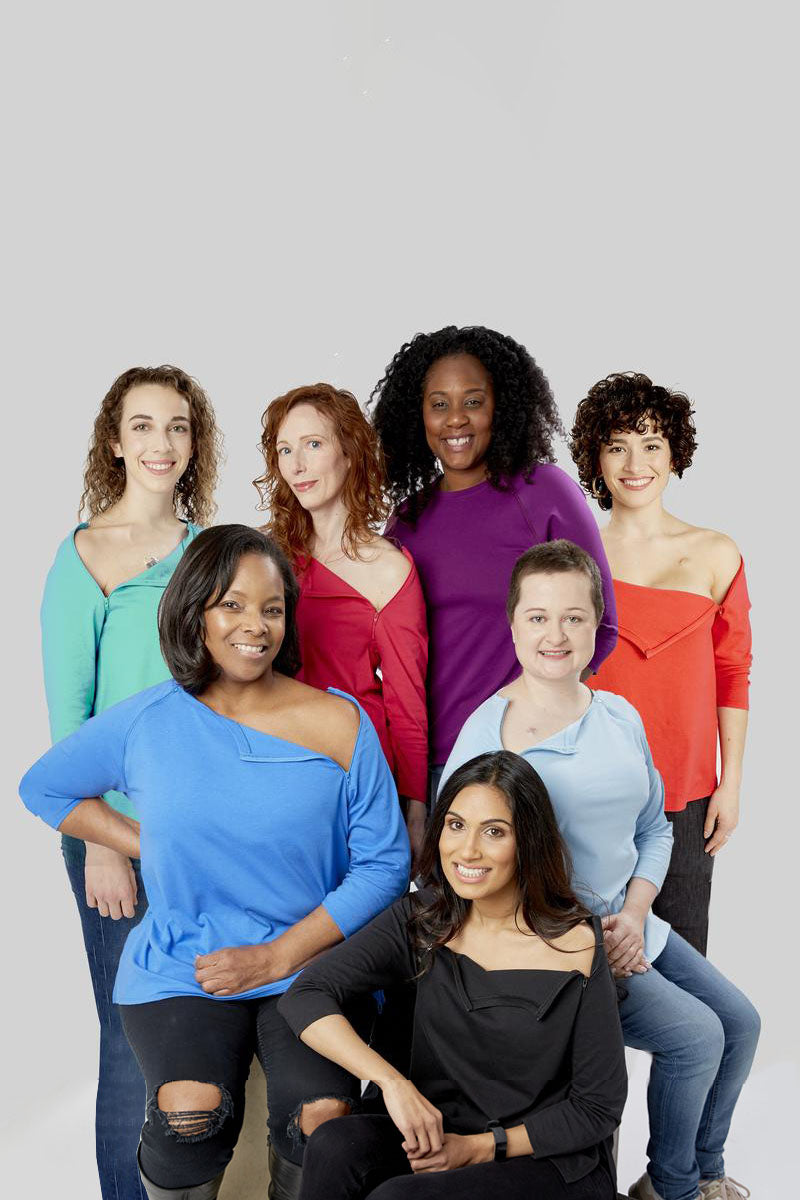
Leave a comment (all fields required)